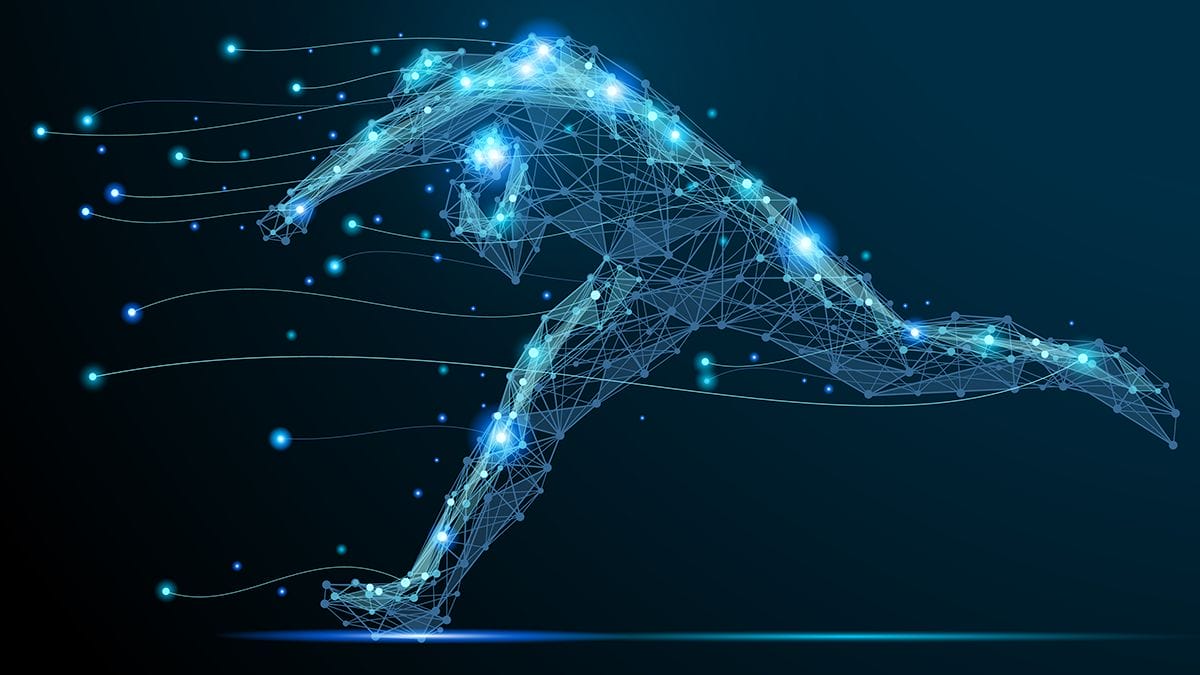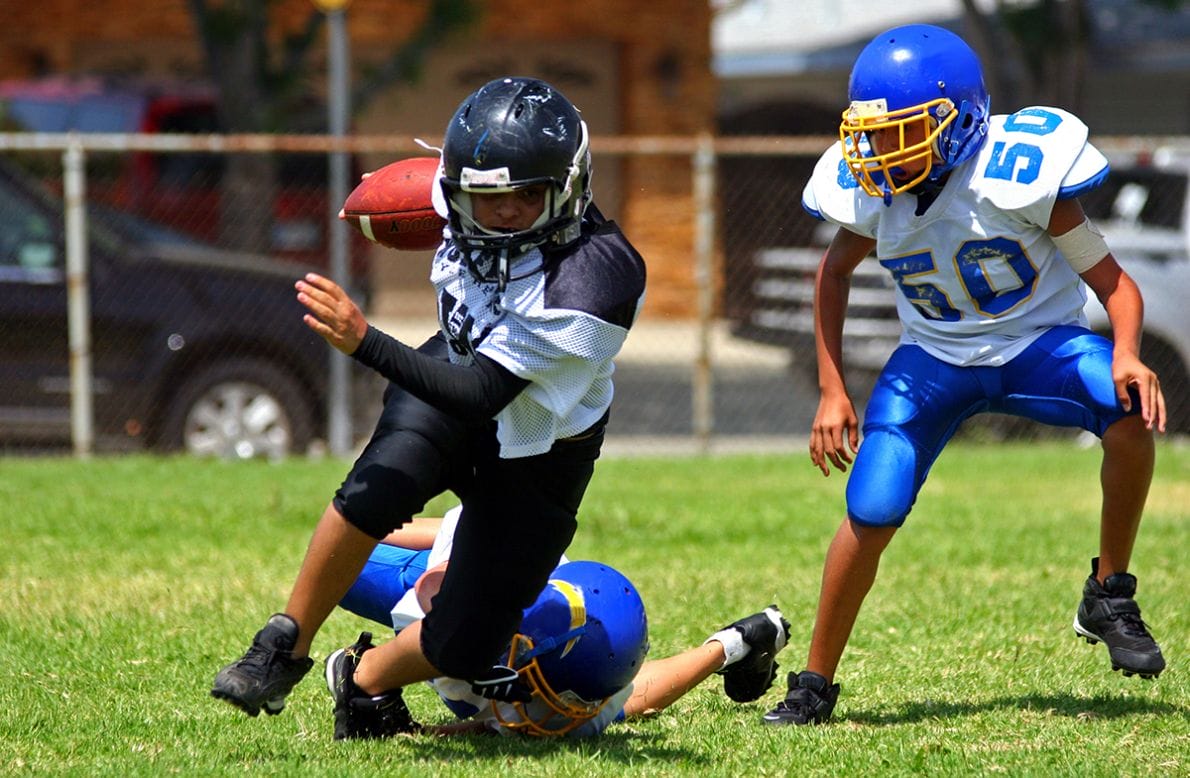Biomechanics are important for athletes of all levels. There are many factors that contribute to optimal biomechanics, such as muscle length, joint range of motion, strength, power, balance, and coordination. By understanding how your body moves, you can improve your performance and reduce your risk of injury.
Movement analysis is an incredibly useful tool coaches can use to help their clients shape better movement patterns for each individual sport.
Movement Analysis and Biomechanics
In this article, we’ll discuss the basics of movement analysis and biomechanics, as well as how they can improve your athletic performance.
Movement Analysis
During movement analysis, a coach closely watches a client’s body during a sport or other activity and observes the type of movements they are making and how efficient those movements are.
They can identify where the client is falling short, and give the client feedback on how to improve their technique, which in turn will lead to better performance in their sport of choice.
Biomechanics
It is important for clients to also be aware of their own biomechanics and understand how their bodies move. This will help them make corrections on their own when necessary and ultimately improve their athletic ability.
Application With Sport Specific Movement
All sports are not created equal when it comes to the type of movements each requires. A baseball swing, for instance, is a highly complex movement that is difficult to duplicate multiple times.
The same goes for any reactive sport like tennis, football, or soccer. The athlete must be able to adapt and change their movement patterns on the fly.
Practicing the return of a serve sounds simple enough in principle, but the reality is that it’s a very complex movement that will be executed differently based on the speed and velocity of the ball.
Other sports have movements that are easier to duplicate. A javelin throw, for instance, is a simpler movement that involves less variability.
Golf is also one of the easier sports to refine the biomechanics of, because a golf club swing can be repeated over and over without the type of adaptations a baseball or tennis player needs to make on the fly.
In Conclusion
No matter what the sport is, understanding how your body moves is essential for athletes. By using movement analysis and biomechanics, coaches can help clients improve their technique and perform at their best.
Athletes who are aware of their own biomechanics can also make corrections when necessary, which will improve their performance and help them to stay injury-free.



